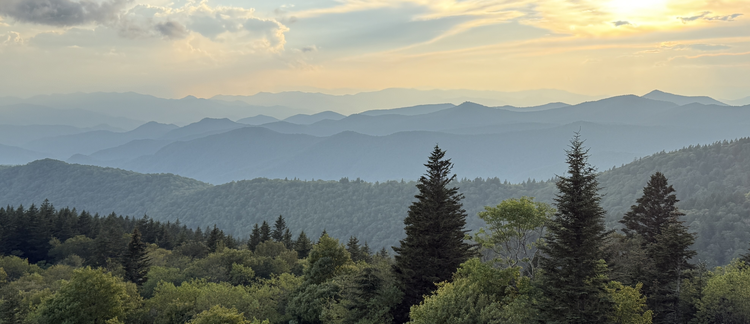Abstract
The increasing prevalence of hydrologic hazards as the climate changes creates a pressing need to identify and assess which areas will be most at risk when these hazards do occur. While there has been research into what areas will be most at risk for individual hazards there is limited research that looks at multiple hazards together. In addition, there is limited research that also looks at social vulnerability and how that affects an area's level of risk. The focus of this research is the Intermountain West, which represents an interconnected regional system that faces a similar set of water-related challenges. For this project, QGIS was used to explore data from FEMAs National Risk Index. In addition, supplemental socioeconomic data was used. The areas where drought, wildfire, and flooding are likely to coincide and which communities in this region will most likely experience the highest risk from these hazards were identified. This was done by normalizing the data and finding the counties in the top twenty percent for each variable. The states of Arizona, California, New Mexico, and Nevada presented as the most at-risk states while in general Colorado, Montana, Idaho, and Wyoming are areas of less concern.
How to Cite
Renken, J., (2025) “Mapping Physical Risk and Social Vulnerability to Hydrologic Hazards in the Intermountain West”, Capstone, The UNC Asheville Journal of Undergraduate Scholarship 38(1).
63
Views
52
Downloads
